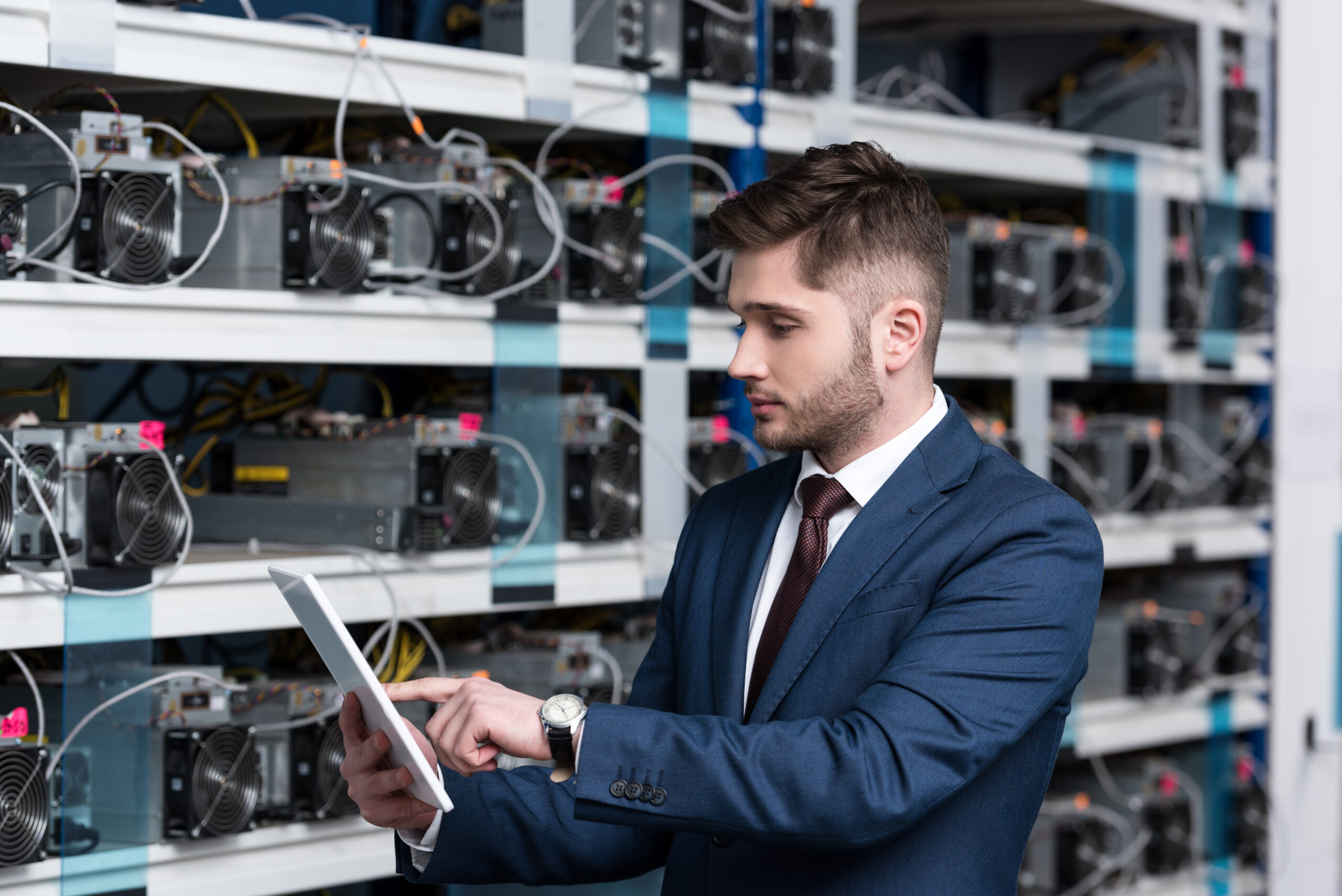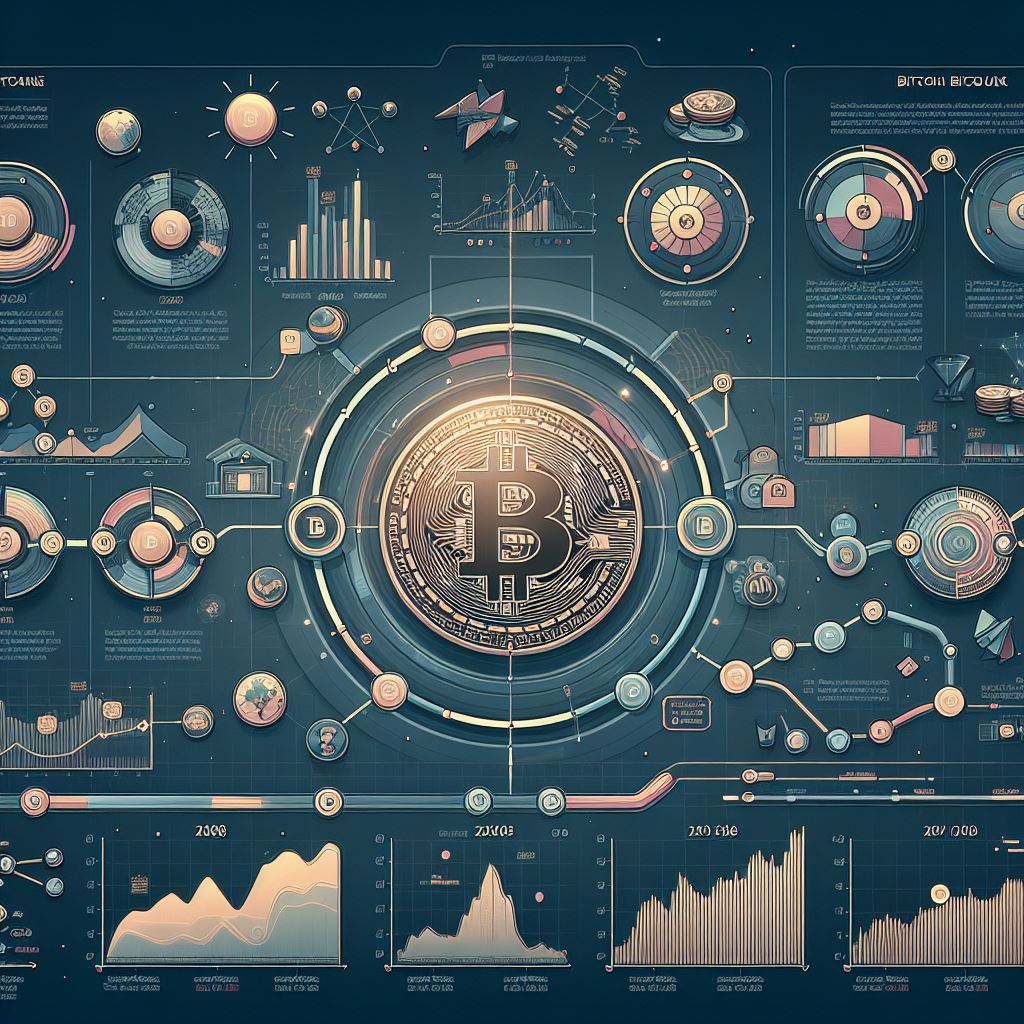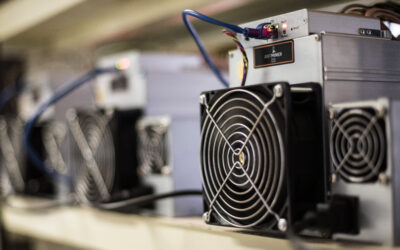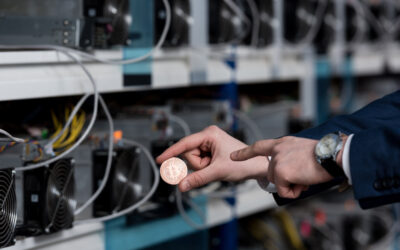
What is Bitcoin Mining?
Bitcoin mining is one of the most fundamental aspects of the Bitcoin ecosystem. Often surrounded by technical jargon, understanding it can be a challenge for the general public. However, it is crucial for the functioning and security of Bitcoin.
How Does It Work?
Bitcoin mining is essentially the process by which transactions are verified and recorded on the Bitcoin blockchain. This process is carried out by powerful and specialized computers known as Application Specific Integrated Circuits (ASICs) or “miners“.
Miners compete to perform billions of calculations per second, a brute-force approach to guessing a correct ‘nonce’, which grants the miner the right to add the new block to the blockchain and claim the block reward (currently 6.25 bitcoin). The process restarts with each new mined block— which occurs on average every ten minutes, maintaining the security and integrity of Bitcoin.
The difficulty of guessing the nonce adjusts every 2,016 blocks or in other words every two weeks— a dynamic called “difficulty adjustment“, which is an integral feature of the original bitcoin protocol. As more miners compete to mine bitcoin, the difficulty level of mining it increases. In this way, the network self-protects against the risk of a single miner dominating the network, causing mining centralization.
To visualize what mining is, imagine you’re in a vast library looking for a book with a specific code on the last page, but you don’t know what that code is. The nonce in Bitcoin mining is like guessing page numbers to find the correct book. Miners try different page numbers (nonces) in a massive library (the blockchain) to find a special book whose encoding on the last page (the hash) matches the library’s strict entry requirements (the network’s difficulty level). When a miner guesses the correct page number, they receive a reward (the block reward), and a new book is added to the library, starting the search from scratch again.

This process is not only crucial for adding transactions to Bitcoin’s public ledger and maintaining the network’s integrity and transparency but is also the method by which new bitcoin is created. Since the amount of bitcoin that can be mined is limited to 21 million, mining plays a significant role in regulating the supply of this digital asset.
Bitcoin mining consumes a significant amount of electrical energy, which has sparked debates about its environmental impact. However, many miners like Volcano Energy seek to use renewable energy sources to reduce their carbon footprint.
History and Evolution
Initially, mining was an activity accessible to individuals with personal computers. However, in 2013, competition for bitcoin rewards led to the development of specialized hardware, known as ASICs, which are significantly more efficient for mining tasks. This evolution has led to a growing professionalization of Bitcoin mining, with large mining farms and mining pools dominating bitcoin production.
Today there are capitalized companies with billions of dollars as well as sovereign nations mining bitcoin around the world.
The history of Bitcoin mining reflects both technological advancements and the economic and regulatory challenges that have accompanied the growth and maturation of Bitcoin.

Future of Mining
The future of Bitcoin mining poses challenges and opportunities, especially in terms of sustainability and technology. The pursuit of renewable energy and innovation in hardware could define the next era of Bitcoin mining.
We at Volcano Energy are committed to mining bitcoin with renewable energy sources for a better El Salvador.




